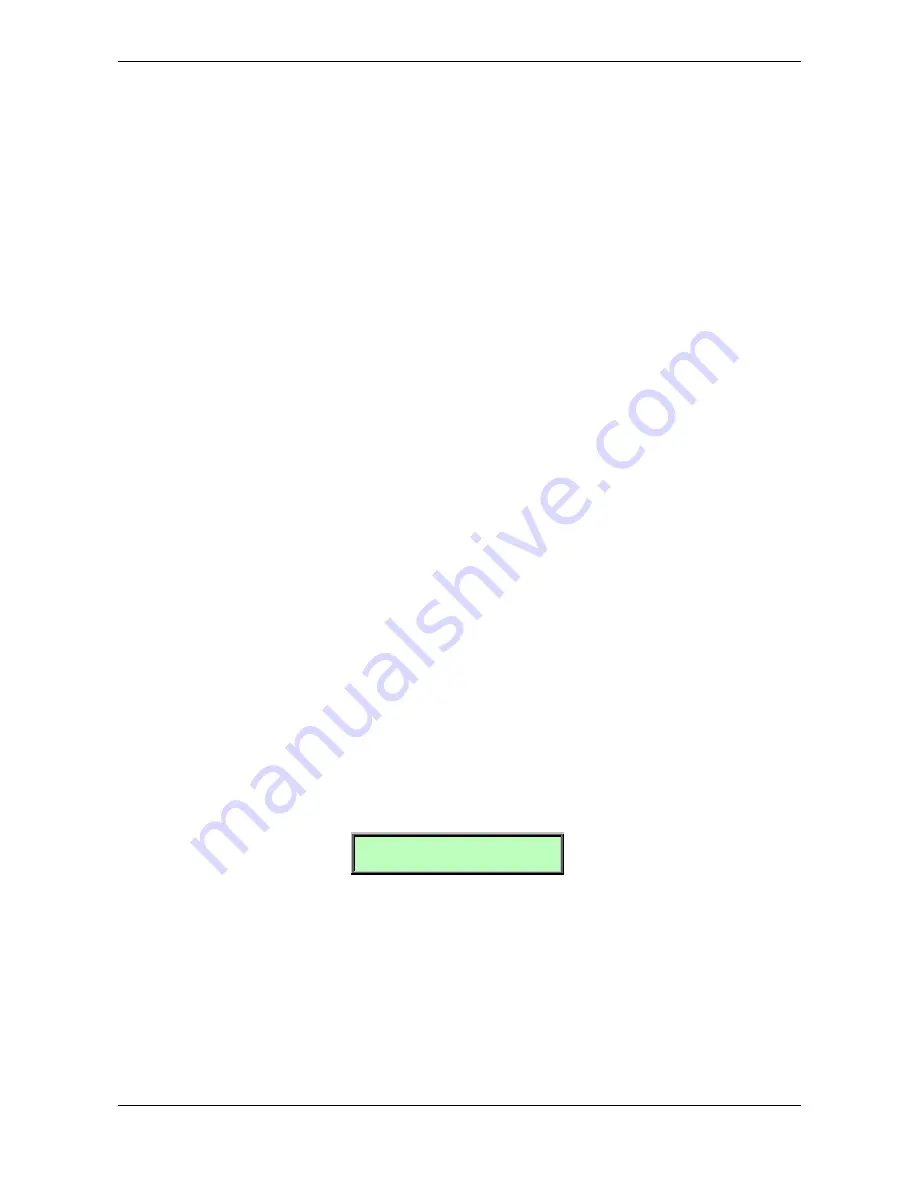
Basic Operation – Editing Parameters
31
Waldorf Q User’s Manual
Editing Sounds in Layers
You can edit individual Sounds in Layers. This helps you to fine-tune a Sound to match it to the sound
character of the Layer.
☞
To edit one Sound of a Layer:
1.
Press the Instrument button
Inst. 1
…
Inst. 4
that holds the Sound you want to replace.
The LED above the Instrument button lights up fully.
2.
Now you can edit the Sound with the panel controls and its menus.
Deactivating Sound Layers
☞
To deactivate a Sound Layer:
•
Press all Instrument buttons
Inst. 1
…
Inst. 4
that make up the Sound Layer.
or
•
Press an Instrument button
Inst. 1
…
Inst. 4
that isn’t part of the Sound Layer.
Editing Parameters
In order to change or edit a program in the Q, you must access the appropriate parameters.
Depending on the type of parameters, there are different ways to achieve this:
•
The controls on the Q’s front panel offer direct access to the most important sound
parameters. The panel is divided into several sections, each containing knobs and buttons
associated with that section. By adjusting the controls on the panel, you have instant
access to the sound. These parameters are called
panel parameters
.
•
Most sections offer an
Edit
button. Pressing this button calls up the display menu for that
section. The display menu contains additional parameters that are not accessible directly
via the control elements on the panel. These parameters are called
display menu
parameters
.
Edit Buffers
Whenever you edit a program on the Q, the program is internally copied to an edit buffer. When you
use the
Store
function to save the edits, the program is copied back from the edit buffer to the
internal memory. The display shows an
e
behind the program number for every program that is
actually in an edit buffer:
Inst:1 Sound:A001e
Zeitlos T
The Q has a number of different edit buffers, each holding a program of the specific type when you
edit them:
•
1 Multi edit buffer:
This buffer holds the currently selected Multi in Multi mode.
•
1 Drum Map edit buffer:
This buffer holds the currently edited Drum Map in single or multi mode.
•
16 Sound edit buffers:
Each buffer holds an edited Sound.
Summary of Contents for Q Rack
Page 1: ...User s Manual Q Keyboard Q Rack ...
Page 170: ...Appendix MIDI Implementation Chart Waldorf Q User s Manual 170 ...
Page 172: ......
Page 173: ......






























